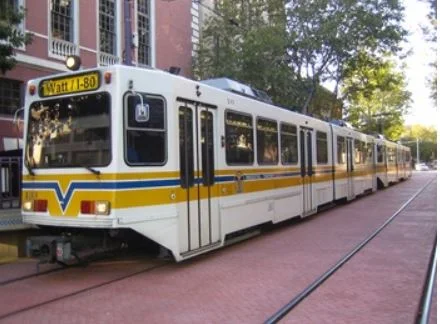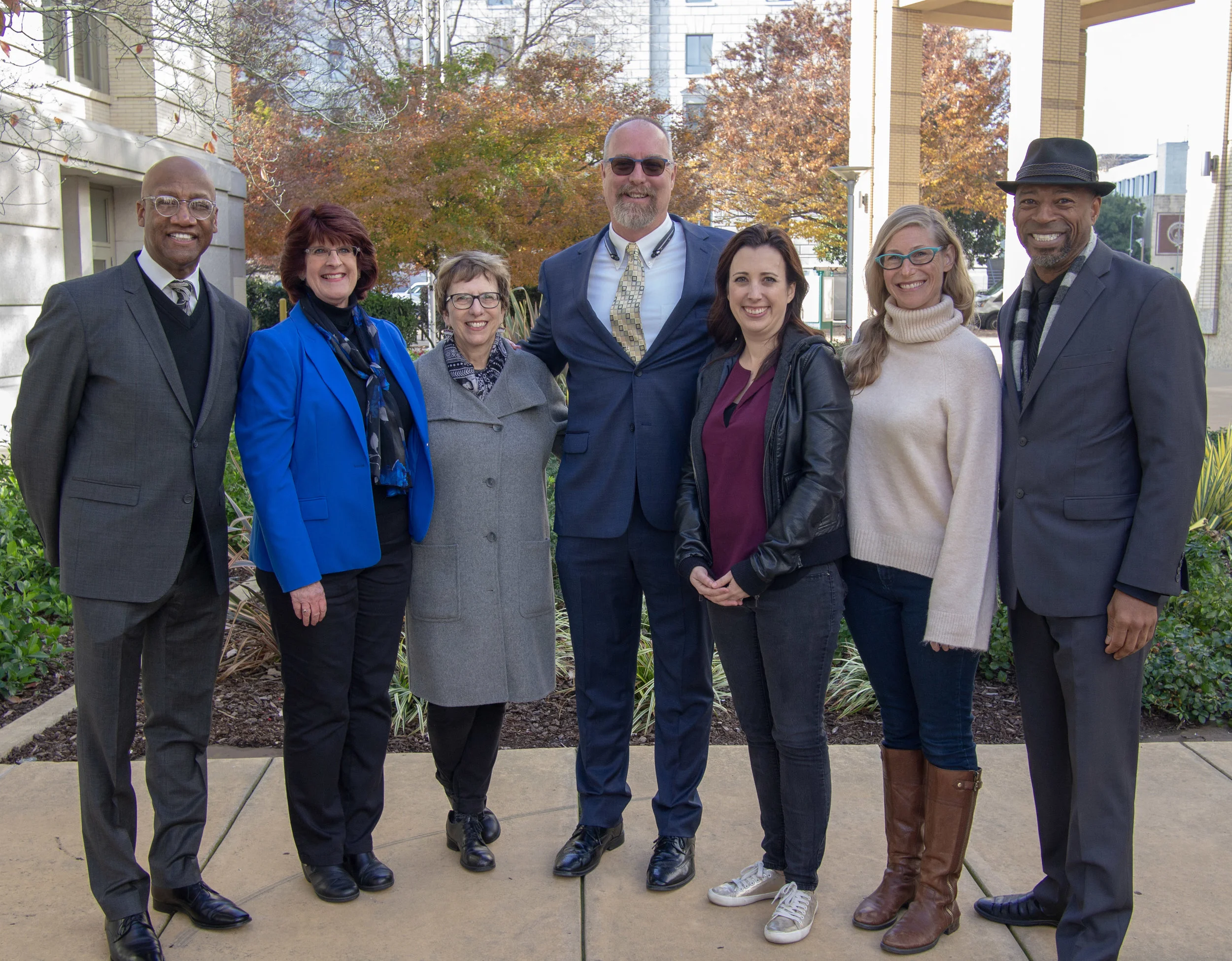City prohibits gas stations, relaxes parking requirements, next to light rail stations
The Sacramento City Council Tuesday voted 8-0 to prohibit new gas stations, drive-through restaurants and auto repair shops within a quarter mile of light rail stations. Those within a half mile will require a conditional use permit.
The new rules also eliminate minimum off-street parking requirements for housing developments within a quarter mile of light rail stations, and reduce them by half within a half-mile radius.
The changes are intended to spur construction of housing in pedestrian, bicycling and transit-friendly corridors around light rail stations, where residents would have less need for cars.
“Do we want or need full-service gas stations in proximity to transit stops?” asked Mayor Darrell Steinberg. “I think if we don’t answer that question in the right way, we are sending inconsistent signals here. If we want to incentivize transit, we ought to develop in a transit friendly way where transit exists.”
Mayor Steinberg said the new ordinance would help the City meet the goals of SB 375, a landmark piece of environmental legislation he authored while in the state Senate. It requires regional governments in California to develop plans to meet greenhouse gas reduction targets and gives incentives to development projects that comply with these plans.
Emissions from vehicles are the largest source of greenhouse gas emissions in the Sacramento region.
James Corless, Executive Director of the Sacramento Area Council of Governments, said the ordinance sends a “very important market signal” that the City is committed to building transit-friendly uses around light rail. Corless noted that Mayor Steinberg recently endorsed the ambitious state goal of achieving carbon neutrality by 2045.
“There is no way the city or region can meet those climate goals unless we grow along transit corridors,” Corless said.
Some property owners complained that the ordinance represented a “one size fits all” approach that could discourage needed development in economically depressed neighborhoods.
Councilman Allen Warren said some properties in his North Sacramento district are technically close to light rail stations but are in reality separated from them by significant barriers such as Highway 160.
Responding to these concerns, Mayor Steinberg amended the motion to ask City staff to come back by the first quarter of 2019 with recommendations addressing the issue of geographical barriers and offering an aggressive timetable for developing zoning incentives to encourage the dense housing development the City aims to attract around train stations.
“This is only half of the work; it says what you can’t do,” Mayor Steinberg said. “The question is what are we doing next to create the right incentives.”




